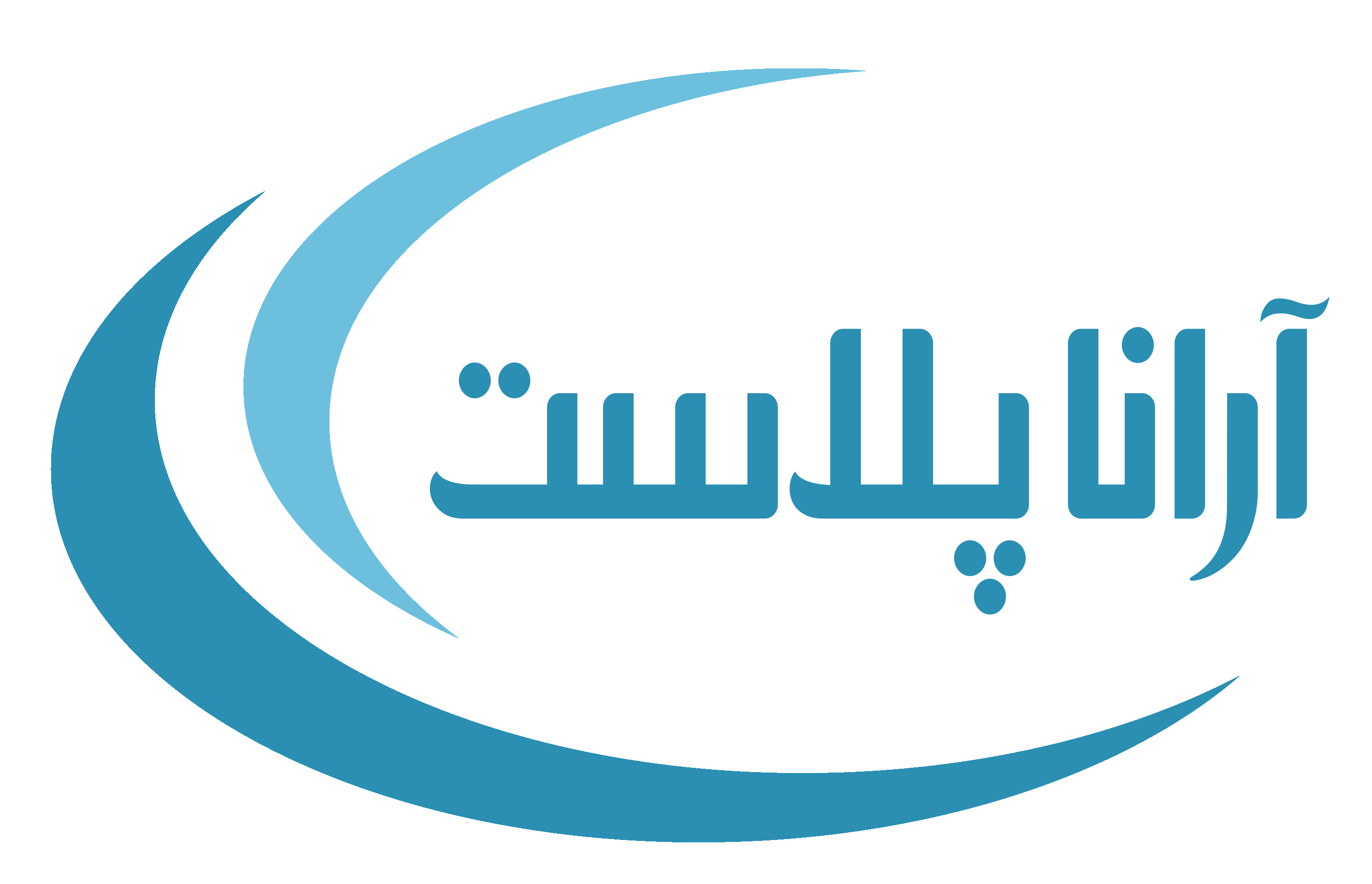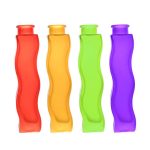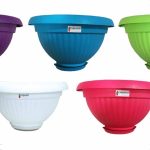What is HS Code for Plastic Vase? A Detailed Explanation + classification and how to buy
what will you read...
The HS Code for Plastic VasesThe Importance of Accurate ClassificationChallenges in HS Code ClassificationBest Practices for HS Code Compliance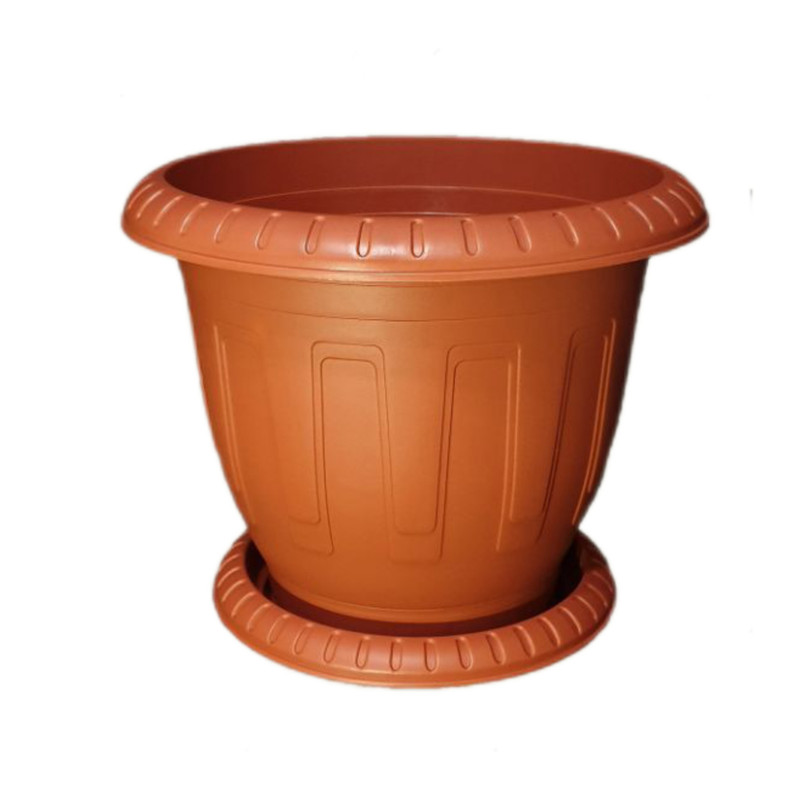
What is HS Code for Plastic Vase? A Detailed Explanation The Harmonized System (HS) Code is an internationally standardized system used to classify traded products. Developed and maintained by the World Customs Organization (WCO), the HS Code is crucial for international trade as it facilitates the identification of products, the calculation of tariffs, and the collection of trade statistics. Each product is assigned a unique code, typically consisting of six digits, which can be extended with additional digits for more specific classifications in different countries.
In the context of plastic products, such as plastic vases, knowing the correct HS Code is essential for importers and exporters to ensure compliance with trade regulations and to facilitate smooth customs processes. Plastic vases are popular due to their lightweight nature, affordability, and versatility in design. This article will explore the HS Code for plastic vases, the importance of accurate classification, the challenges faced in this area, and best practices for compliance with HS Codes.
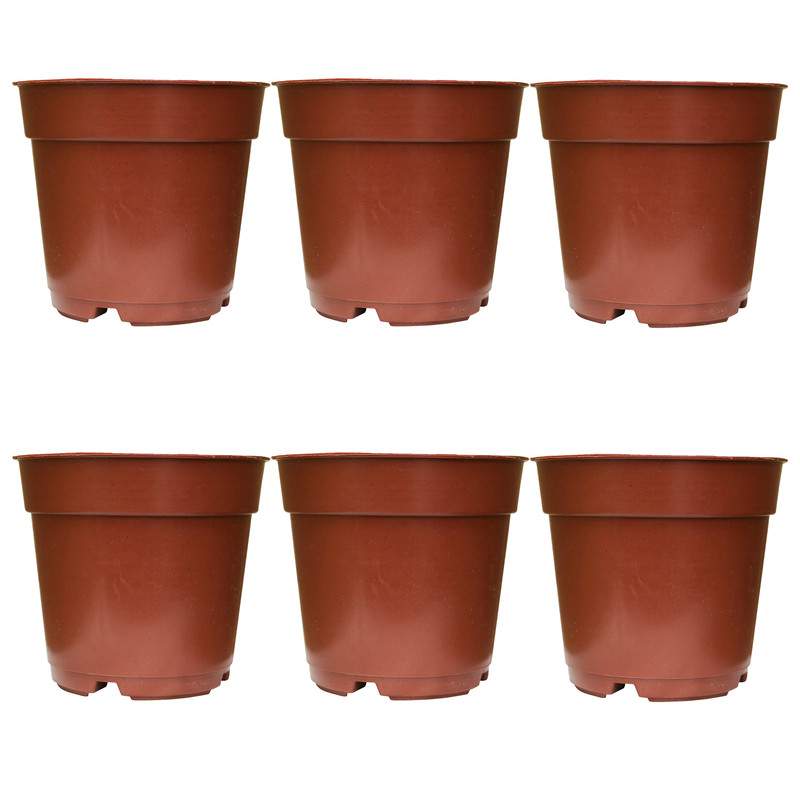
The HS Code for Plastic Vases
The HS Code for plastic vases typically falls under **HS Code 3924.10**. This code is part of the broader category of plastic articles, specifically those designed for household or decorative purposes. The classification of plastic vases can vary based on specific characteristics such as design, size, and intended use. For example, vases designed for outdoor use may have different attributes compared to those intended for indoor decoration, which could affect their classification.
Understanding the nuances of the HS Code for plastic vases is crucial for businesses involved in international trade. Using the correct code not only ensures compliance with customs regulations but also helps avoid potential penalties and delays in the import or export process. Additionally, accurate classification can lead to appropriate tariff calculations, which can significantly impact the overall cost of doing business.
Moreover, businesses should be aware that different countries may have variations in their classification systems. While HS Code 3924.10 is widely recognized for plastic vases, some countries may have additional specifications or subcategories that could apply. Therefore, staying informed about the specific regulations in target markets is vital for successful international trade.
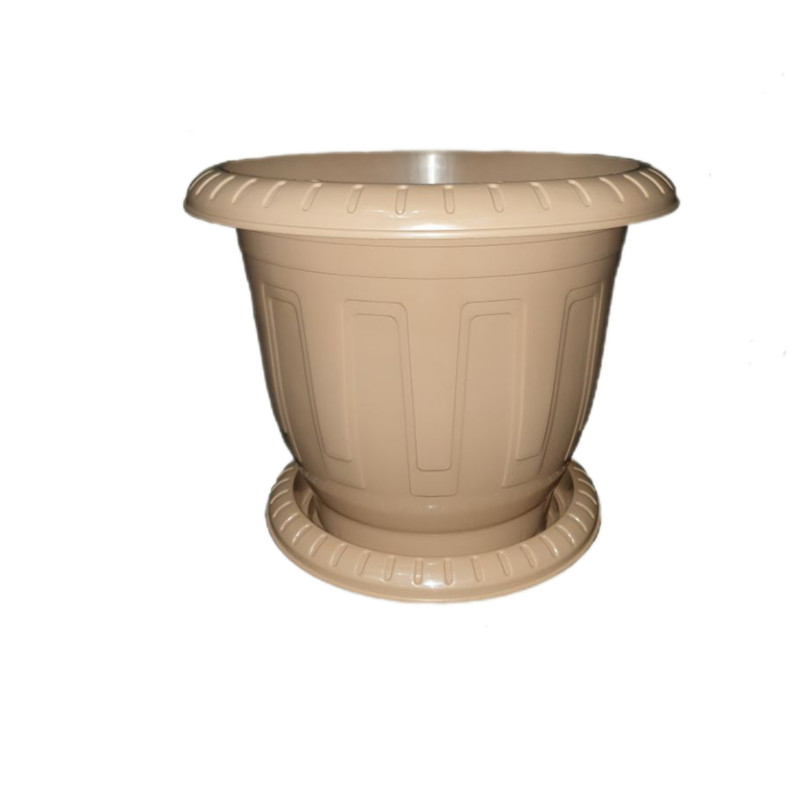
The Importance of Accurate Classification
Accurate classification of goods using HS Codes is critical for several reasons. First and foremost, it ensures compliance with international trade regulations. Misclassification can lead to severe consequences, including hefty fines, delays in customs clearance, or even the seizure of goods. For businesses engaged in cross-border trade, maintaining compliance is essential to avoid disruptions and maintain a good reputation in the market.
Secondly, accurate classification aids in the correct calculation of tariffs and taxes. Each HS Code is associated with a specific tariff rate, and using an incorrect code can result in overpayment or underpayment of duties. This can have significant financial implications for businesses, affecting their pricing strategies and profit margins. Therefore, understanding the correct HS Code for products like plastic vases is essential for effective cost management.
Furthermore, proper classification contributes to the collection of accurate trade statistics. Governments and international organizations rely on HS Codes to gather data on trade flows, which is crucial for economic analysis and policy-making. Accurate data helps in understanding market trends, assessing trade relationships, and formulating trade policies. Thus, businesses that prioritize accurate classification not only protect their interests but also contribute to the broader economic landscape.
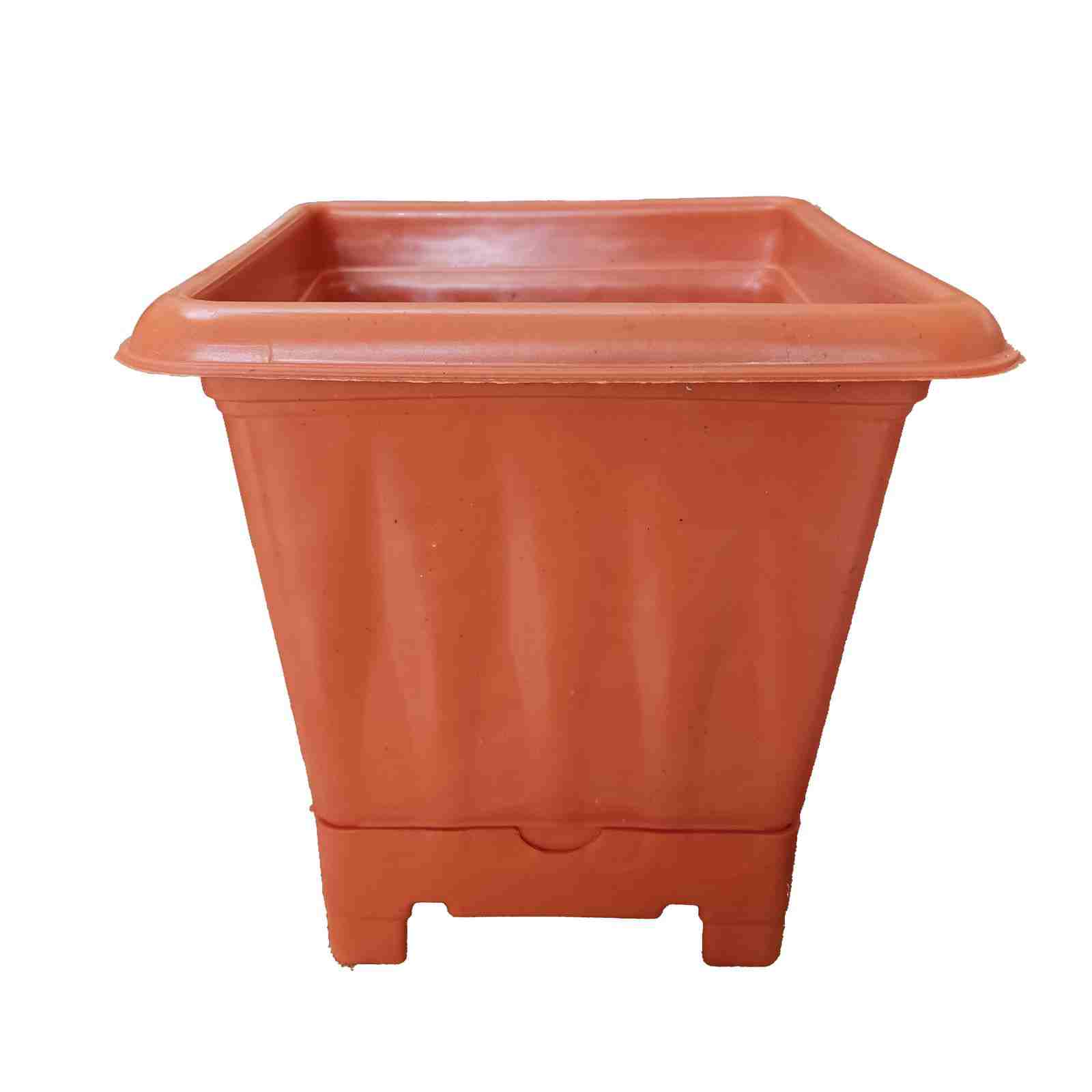
Challenges in HS Code Classification
Despite the importance of HS Codes, challenges often arise in the classification process. One significant challenge is the diversity of product designs and materials. For instance, a plastic vase may have unique features that distinguish it from standard vases, such as decorative elements or multi-functional uses. These variations can complicate the classification process and may lead to confusion regarding the appropriate HS Code.
Additionally, changes in regulations and updates to the HS Code system can create further complications. The WCO periodically reviews and revises the HS Code structure to reflect changes in technology, trade patterns, and market demands. Businesses must stay informed about these changes to ensure they are using the correct codes. Failure to adapt to new classifications can result in compliance issues and potential penalties.
Moreover, differences in interpretation of HS Codes among customs authorities in various countries can lead to inconsistencies. A product classified under one code in one country may be categorized differently in another, causing complications in international trade. To navigate these challenges, businesses need to invest time and resources in understanding the classification system and maintaining open communication with customs officials.

Best Practices for HS Code Compliance
To effectively navigate HS Codes and ensure compliance, businesses should adopt several best practices. First and foremost, conducting thorough research on product classifications is essential. This involves understanding the specific characteristics of products, such as materials, intended use, and design features. Utilizing resources such as the WCO’s official documentation and consulting with customs experts can provide valuable insights.
Secondly, businesses should maintain accurate records of their products and associated HS Codes. Keeping detailed documentation helps ensure consistency in classification and provides a reference point in case of audits or inquiries from customs authorities. This practice not only aids in compliance but also enhances operational efficiency.
Training employees on the importance of HS Codes and the classification process can also be beneficial. Providing staff with the knowledge and tools they need to accurately classify products can reduce the risk of errors and improve overall compliance. Regular training sessions and updates on changes in regulations can keep employees informed and prepared.
Lastly, businesses should establish a proactive approach to monitoring changes in trade regulations and HS Code classifications. This includes subscribing to industry newsletters, participating in trade associations, and engaging with customs brokers who can provide timely updates. By staying informed, businesses can adapt quickly to changes and maintain compliance with evolving regulations.
In conclusion, understanding HS Codes and their significance in international trade is essential for businesses involved in the import and export of products like plastic vases. The correct HS Code, typically 3924.10 for plastic vases, ensures compliance with customs regulations, accurate tariff calculations, and contributes to reliable trade statistics. However, challenges in classification, such as product diversity and regulatory changes, require businesses to stay vigilant and informed.
By adopting best practices for HS Code compliance, including thorough research, accurate record-keeping, employee training, and proactive monitoring, businesses can navigate the complexities of international trade more effectively. Ultimately, prioritizing accurate classification not only protects a company’s interests but also enhances its reputation and operational efficiency in the global marketplace.
